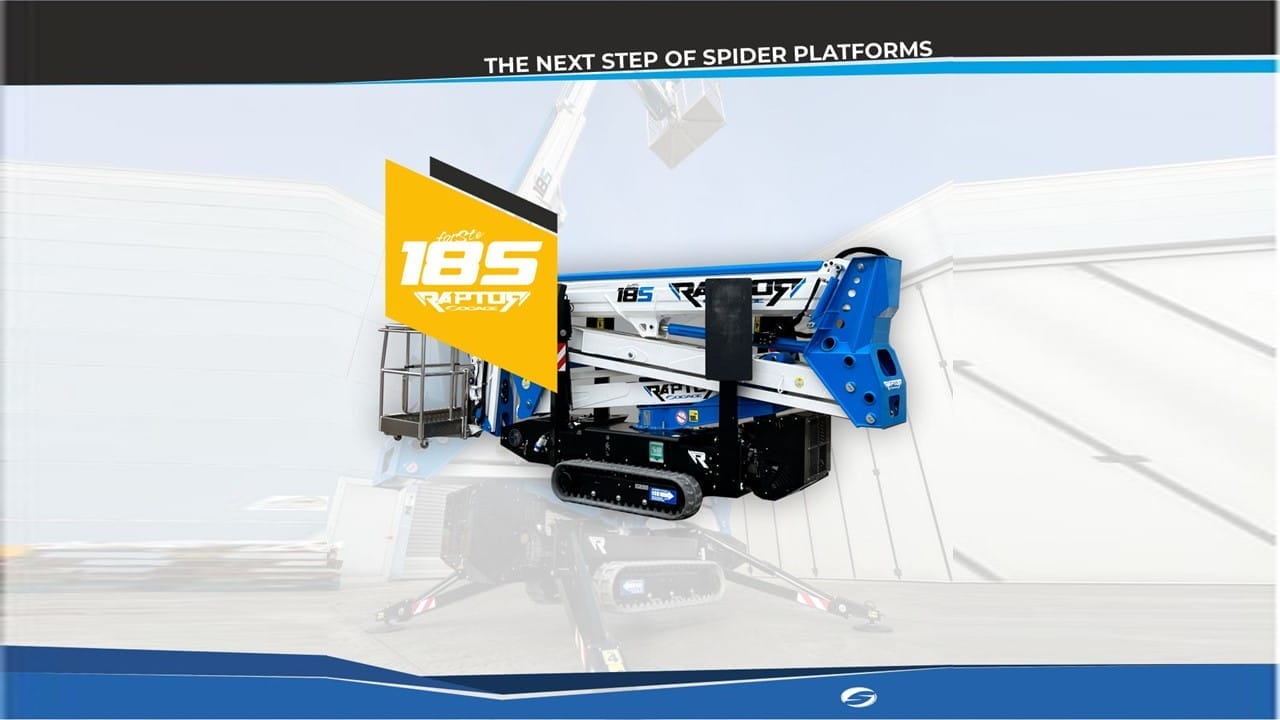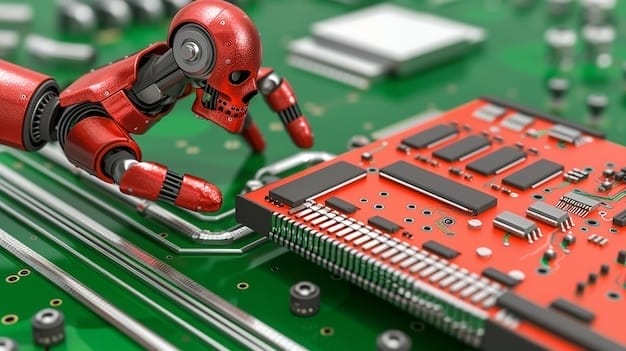Open-Source Hardware for beginners.
The descriptor “open-source” is becoming increasingly prevalent in today’s conversations about technology. It applies to many cryptocurrencies such as Ethereum, as well as other forms of software.
Yet, you can also use “open-source” to denote a particular type of hardware. Although it refers to a similar concept in both cases, it’s worth digging a little deeper into exactly what it means in the context of hardware in order to better understand its usage
But before we do, let’s take a quick look at a superordinate concept. “Open design” means technological development through the use of publicly shared information. This is generally facilitated through the internet, without remuneration.
With this notion in place, we’re ready to deep dive into just what open-source hardware really is.
What is open-source hardware?
A piece of open-source hardware is any physical technology made using open design principles. The design specifications of such hardware are licensed such that the object can be created, studied, modified, and distributed by absolutely anyone.
Rather than being restricted to a particular kind of technology or object, the limits of this category lie exclusively in the accessibility of the hardware.
Therefore, an immense variety of products fall within it. There are open-source computers like the BeagleBoard, open-source, automobiles, chairs, robots, and open-source variants of many other types of hardware.
![]()
What are the advantages of open-source hardware?
To be truly classed as “open-source”, the licence that governs the hardware must allow people to easily obtain the design files. This allows for and encourages others to study, troubleshoot, modify and improve the hardware in a way that wouldn’t be possible otherwise.
On the other hand, “closed” hardware makes recreation and modification of the object as difficult as possible, shutting out innovation and collaboration that benefits everybody.
The wider open-source movement helps to democratize technological research. It provides the world with an opportunity to radically reduce the costs of research and make design and technology accessible to everyone, including healthcare, energy, and manufacturing industries.
The future of open-source hardware
Since the open-source hardware movement first began to take off around 2010, it has grown impressively. Today, it includes an incredibly diverse group of people working on a plethora of designs.
According to data released by the Open Source Hardware Association, open-source hardware has been certified in 45 countries across the world, covering every continent except Antarctica.
By all appearances, the community will continue to expand. Although the bulk of certified projects is currently comprised mostly of electronics, there are currently open licences in over fifteen other industries.
Provided that the progress of the movement keeps its current momentum, there’s a real possibility that it will make ubiquitous the ideals of collaboration and innovation that underpin it.











